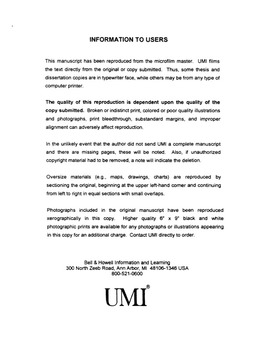| dc.description.abstract | Canopy radiation and water use efficiencies (RUE and WUE), soil respiration and interannual availability in net ecosystem carbon exchange (NEE) are important issues in global climate change study. This thesis summarized four independent projects. Firstly, I used a unique environmentally controlled plant growth facility, EcoCELLs, to examine the effects of elevated [CO2] on RUE and WUE of sunflowers. Results indicated that elevated [CO2] enhanced daily total canopy carbon and water fluxes by 53% and 11%, respectively, resulting in 54% increase in RUE and 26% increase in WUE. Plant canopy consumed more water but utilized water and radiation more efficiently at elevated [CO 2]. Secondly, I investigated the effects of a gradual versus step increases in [CO2] on plant photosynthesis and growth at two nitrogen (N) levels in microcosms. The step CO2 treatment resulted in an immediate increase in photosynthetic carbon fixation, leading to a decrease in N concentration, while gradual CO2 treatment induced a gradual increase in photosynthesis, and less reduction in N concentration. Both the gradual and step CO2 increases resulted in decreases in specific leaf area, leaf N concentration but an increase in plant biomass. Thirdly, I applied a modified process-based soil respiration model (PATCIS) to evaluate soil CO2 production and transport at the Duke Forest FACE site. Simulated Soil CO2 efflux showed strong seasonal variations. Root respiration contributed 53% to total soil respiration. Annual Soil CO2 efflux was enhanced by elevated CO2. CO2 transport in the soil may not be an important restraint in surface CO2 efflux. Fourthly, I integrated regression analysis with analysis of variance to partition the interannual variability in NEE. Data of eddy-flux measurements in the Duke Forest showed that effects of the functional change exist in NEE. NEE was mainly controlled by intercepted PAR, VPD, and wind speed. About 16.1% of the variation was explained by interannual variability that caused by the functional change, 1.0% by the environmental factors change, and 70.5% was explained by the seasonal environmental factors change. Long-term measurements of RE and NEE are imperative for establishing sound relationship of NEE with environmental factors and interpreting interannual variation of NEE. | en_US |
